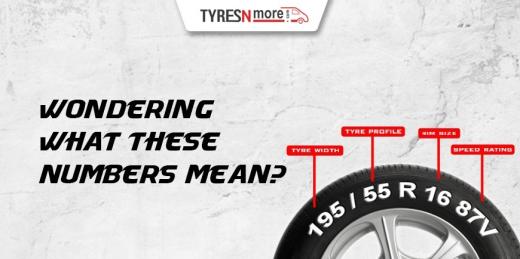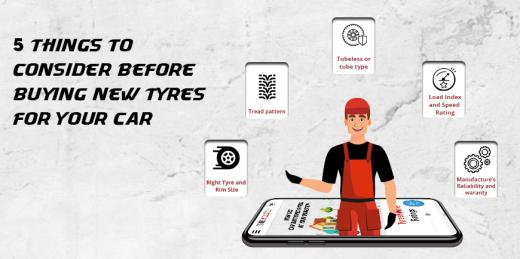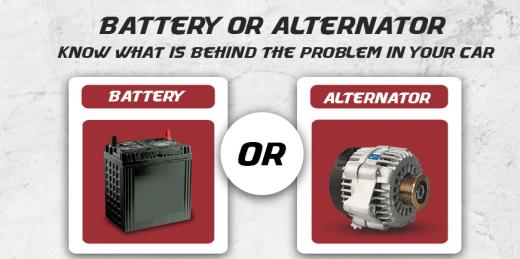
Tyres play a crucial role in terms of performance and safety but remain largely neglected. Here are some effective methods which can increase their lifespan.
Tyres are critical not only from the performance point of view but also for the safety of the vehicle. Even the most power-packed machine say Lamborghini or Aston Martin's safety will be compromised if the tyres are misaligned or worn out.
Besides safety, under-maintained tyres can adversely affect fuel consumption, braking efficiency and may lead to early tyre replacement. And all this can affect your pockets if you go for tyre replacement. However, some significant measures, routine checks and observations can extend the life of your tyre. Let’s have a look at some of those.
Avoid unusual driving style
Driving style makes a significant impact on the longevity of your tyres. Avoid acceleration and hard braking which lead to more friction. It, in turn, increases heat that leads to unnecessary wear. Besides, rigorous cornering can also reduce the tread depth and call for early replacement. So, relaxed and moderate driving style can sustain the lifeline of your tyre.
Regular checking of tyre pressure
Ideal tyre pressure is very crucial for proper functioning and safety of the rider. Where under-inflated tyre causes early wear and put excessive stress on the sidewall, over-inflated tyres decrease the surface contact, which reduces traction and increase wear.
In severe cases, over-inflation can cause tyre bursts leading to accidents. So, once in a week a tyre pressure check is a good habit. Check the user manual for the right tyre pressure or take help from a local mechanic.
Regular checking of wheel alignment
Tyre works in tandem with the wheels. The proper alignment of the wheel ensures even wear of tyres. But due to reasons such as hitting potholes or hard bumps during the drive, this alignment gets disturbed.
Some signs indicate wheel realignment is near. For example, if you see your car pulling to one side while driving straight, it means the wheels are not aligned properly and running unparallel to each other. A professional mechanic can solve this problem by realigning the wheels by using special equipment. Realignment can also detect malfunctioning of the suspension components.
Periodic tyre rotation
Even if you are following the above instructions properly, one or more tyres can still wear. This is because the tyres on the live axle of your car are required to bear the heavier load and wear, as compared to the tyres on the free axle. It happens due to the generation of high friction at the live axle tyres.
So, to balance the wear, it is always recommended that the tyres should be rotated every 8-10 thousand kilometres. It will prevent any undue overload on the tyres and help increase the lifespan.













